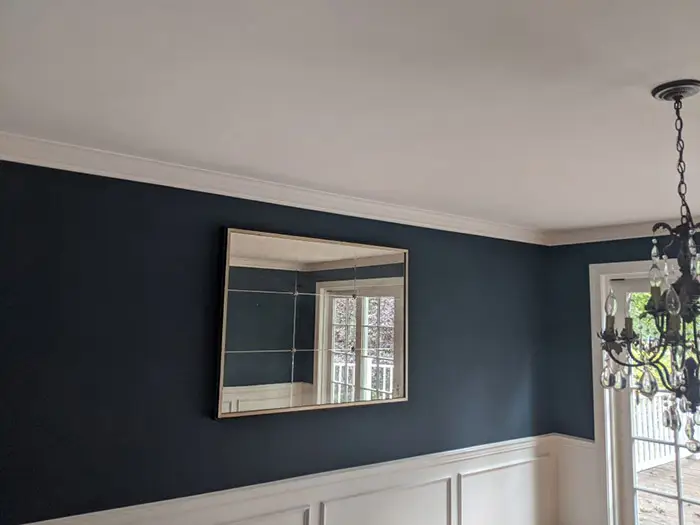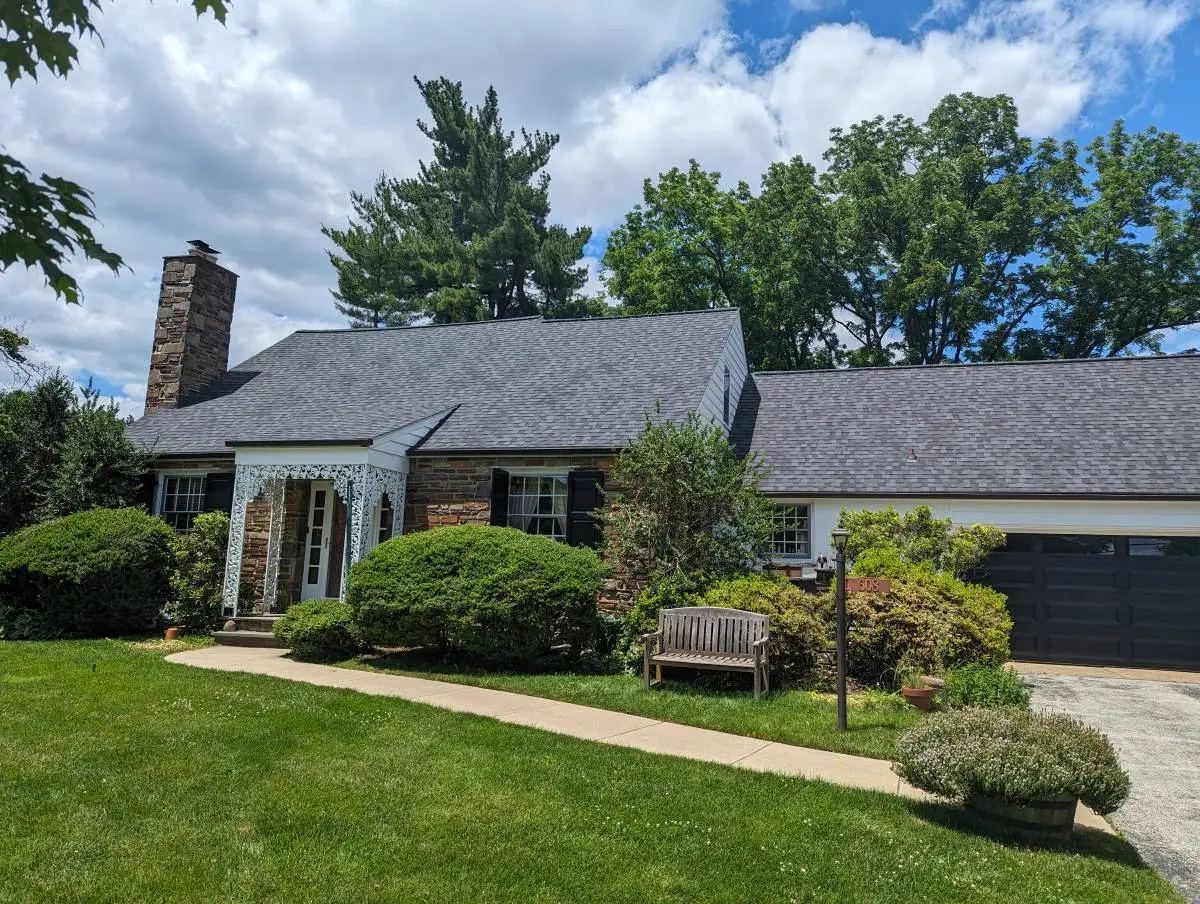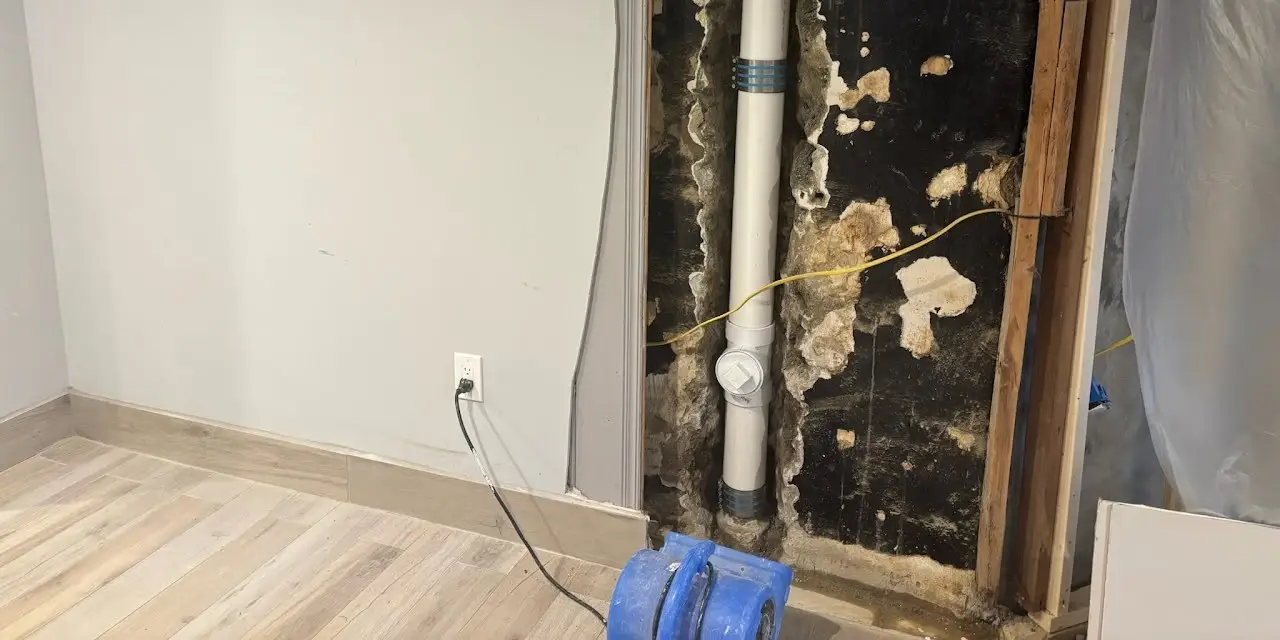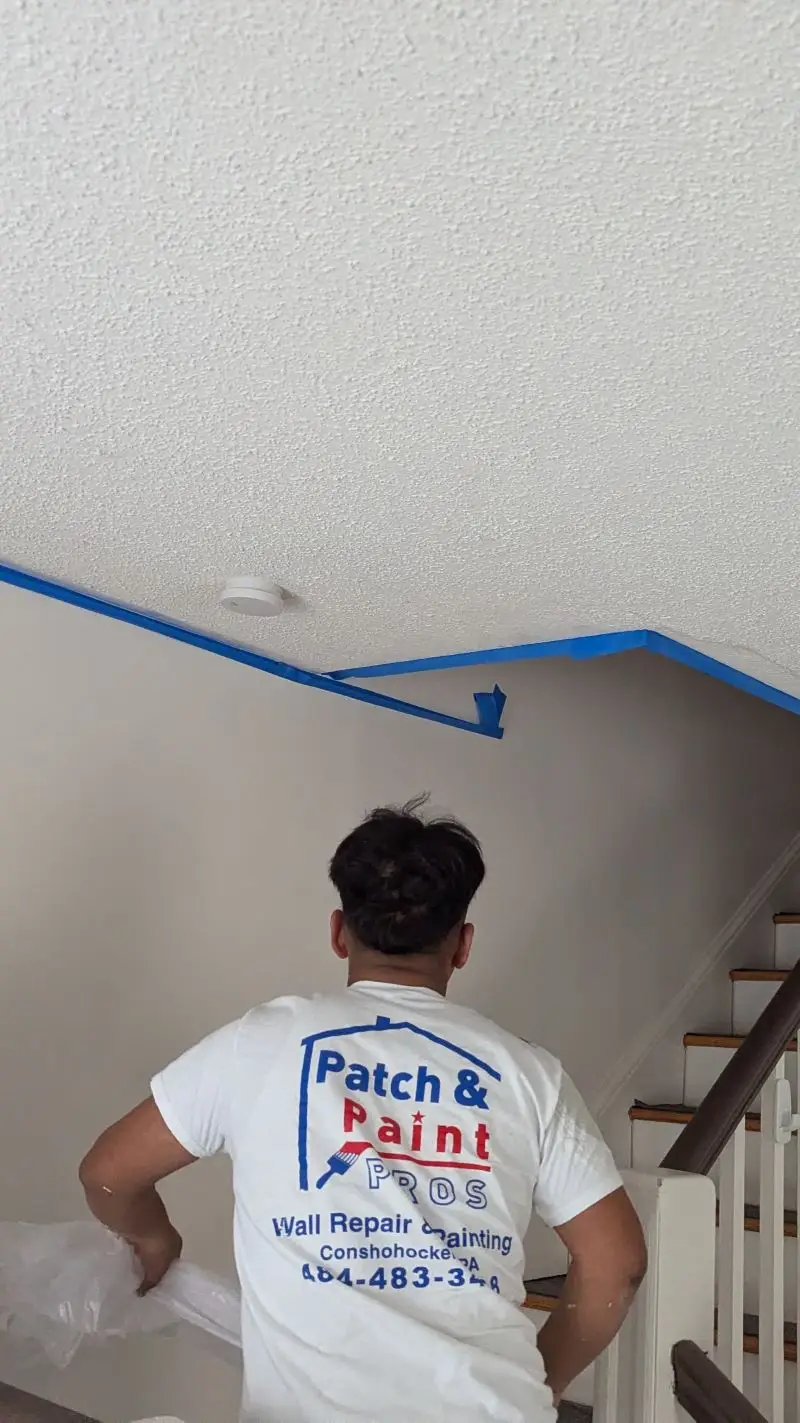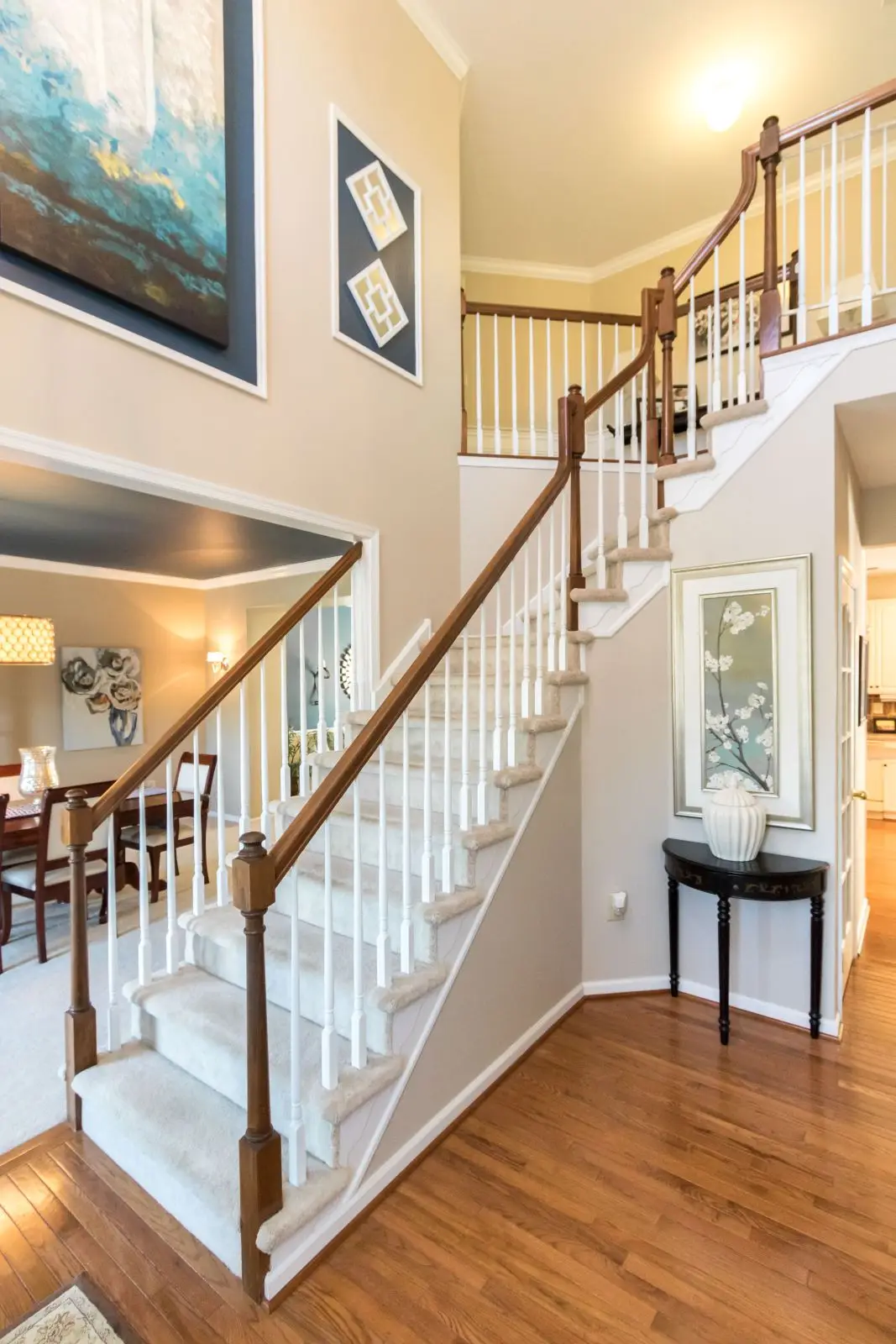Exterior painting is a great way to add color and life to your home. But when it comes to finding the best temperature for exterior painting, there are some important things to consider. Temperatures that are too cold or hot can affect the paint’s ability to adhere properly and lead to premature wear.
In this article, we’ll look at what temperatures are ideal for exterior painting so you can get the job done right!
Understanding Temperature Ranges For Exterior Painting
Properly preparing the surface is essential for exterior painting success. Preparation techniques such as cleaning, scraping, and priming are important to ensure that paint adheres correctly and lasts longer.
Additionally, selecting a quality color option can help minimize fading due to sun exposure. Once these two steps have been completed, attention can be shifted towards optimizing temperature conditions for paint application. It’s imperative to understand what temperatures work best when applying paint outside so that results will be long-lasting and successful.
Optimizing Temperature Conditions For Paint Application
The sun hangs high in the sky, its warm rays glistening off newly painted exteriors. The perfect temperature for paint application has been achieved, thanks to careful planning and preparation.
Exterior painting requires much more than just swinging a brush – it’s an art form that takes skill and knowledge to execute properly. It all starts with surface preparation; ensuring the area is clean, free of debris, and primed accordingly before any paint can be applied.
Paint selection also plays an important role – selecting the right type of paint specifically designed for exterior use will ensure optimal results when exposed to the elements. Temperature is another key factor to consider prior to starting a project; too-hot or cold conditions can cause issues such as bubbling or cracking of the paint finish over time.
How Humidity Affects Exterior Painting
When painting the outside of your home, it is important to consider the temperature and humidity levels. The ideal temperature for exterior painting ranges from 50°F–85°F:
- Below 50°F, the paint will not adhere properly;
- Above 85°F, it can dry too quickly and crack;
- Between 70-80°F is best for optimal performance;
- Humidity should be below 55%, as higher levels can cause bubbling or blistering in the finish.
It is also important to ensure proper surface preparation and ventilation when painting outdoors—this helps avoid mildew growth on damp surfaces. Make sure all areas are clean, free from dirt and debris that could interfere with the adhesion of the paint, and then allow them to completely dry before starting any project.
Without proper preparation and adequate ventilation, you may find yourself having to re-paint more often than necessary due to premature fading or cracking caused by environmental conditions like sun exposure and rain. Considering the weather forecast ahead of time before undertaking a large outdoor painting job will help you achieve a successful outcome!
Considering The Weather Forecast Before Painting
When embarking on an exterior paint job, it’s crucial to consider the temperature and weather conditions. High temperatures can cause paint to dry too quickly, while low temperatures can prevent paint from adhering properly. As a rule of thumb, the air and surface temperatures should be above 50°F (10°C) and below 90°F (32°C) for optimal results.
Another factor to consider is the type of paint being used. Oil-based paint tends to dry more slowly and has a higher tolerance for extreme temperatures, while water-based paints are more susceptible to temperature changes and may require more time to dry.
Knowing when not to paint is just as important as knowing when to paint. Painting in extremely hot or cold temperatures can cause the paint to dry too quickly or not adhere properly to the surface, resulting in cracking or peeling. Additionally, painting during windy conditions can cause dirt and debris to stick to the wet paint, ruining the finish. It’s important to choose a day with moderate temperatures, low humidity, and little wind for the best results. Checking the forecast ahead of time can help avoid any potential mishaps.
Tips For Exterior Painting In Hot Or Cold Weather
When exterior painting in hot or cold weather, it is important to take certain precautions. Depending on the temperature, the best time of day to paint can vary. Generally speaking, temperatures between 50 and 90 degrees Fahrenheit are ideal for exterior painting.
Here are some tips to consider when painting in extreme temperatures:
- Wear sunscreen – Sunburns can happen even during cool days if you’re not careful!
- Use a primer before applying paint – Primers help seal cracks and crevices that might otherwise let moisture seep into your home’s siding or trim.
- Keep an eye out for frost-covered surfaces – If you notice any ice build-up around door frames or windowsills, wait until it melts away before getting started with your project.
No matter what temperature you choose to paint in, preparation is key. Make sure all surfaces have been properly cleaned beforehand and that they’re completely dry – this will ensure a smooth finish on your final product!
Final Thoughts
It’s important to understand the temperature range for exterior painting, as temperatures that are too hot or cold can adversely affect paint application. It is recommended that you wait until temperatures reach at least 50°F before beginning any outdoor painting project; ideal conditions hover around 70-80°F.
Interestingly, over 80% of professional painters agree that waiting two days after a rain shower is necessary in order to ensure optimal results.
Taking into consideration the weather forecast and humidity levels will help make your exterior painting project successful and long-lasting!

